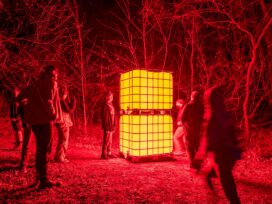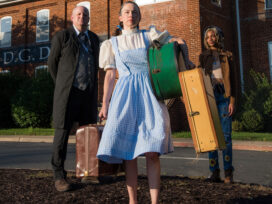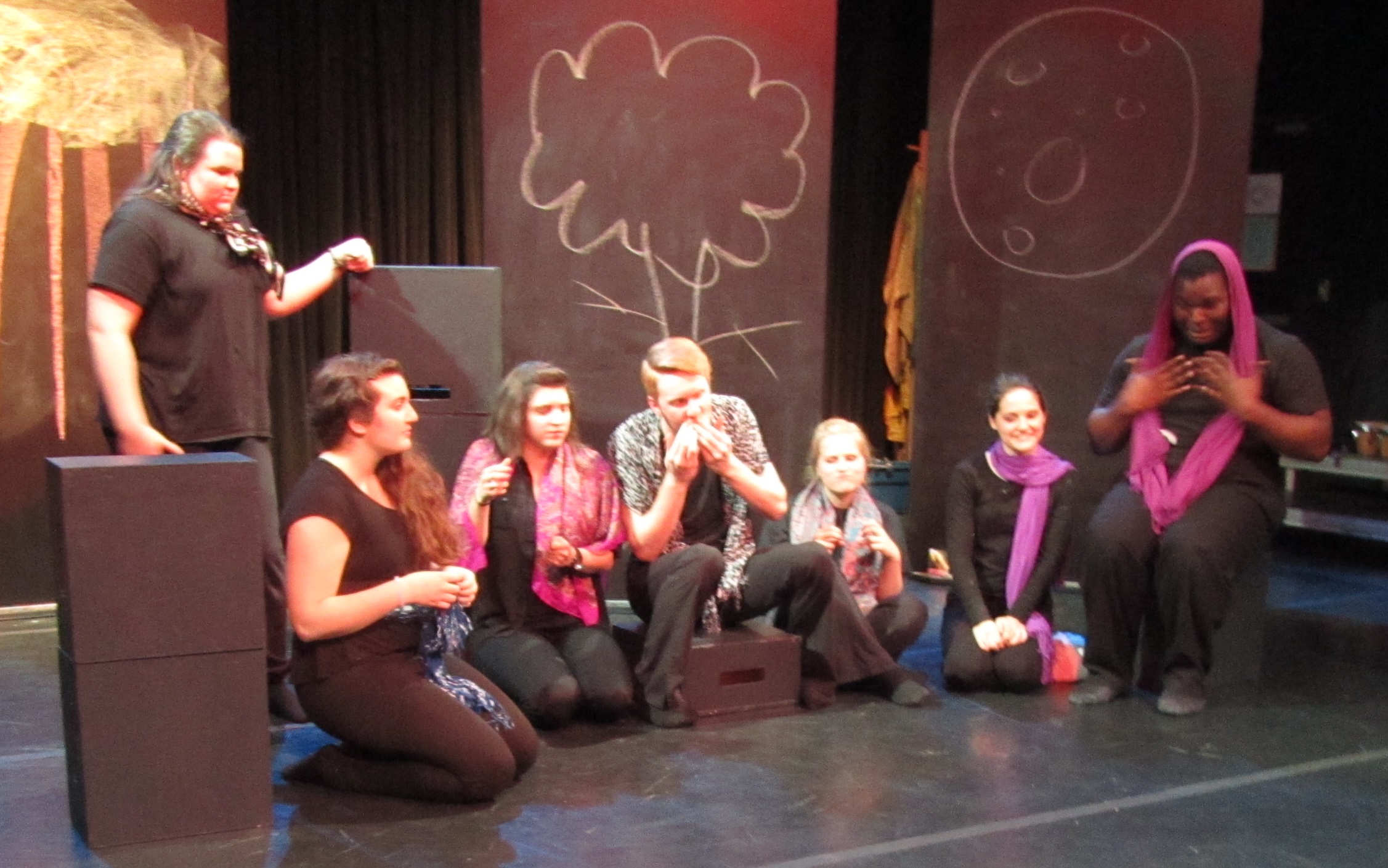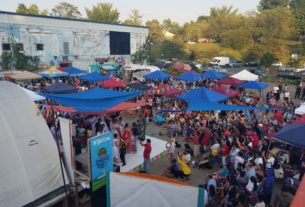Day of the Dead
Dia de los Muertos, similar to the Celtic Samhain and the Christian All Saints/Souls Day, is a celebration of the dead. The celebration runs from October 31st to November 2nd; November 2nd, is Dia de los Muertos, which is meant to honor adults and family relatives, and is when the holiday is typically celebrated. November 1st marks Dia de los Inocentes/Angelitos, where children and infants are honored, but some believe that the children waken October 31st as well.
Dia de los Muertos is an ancient and historic ritual, dating as far back as three to four thousand years old. Though many different beliefs and cultures existed in Mexico, they all believed in an afterlife. When people died, they didn’t just die, they continued to the afterlife. Death wasn’t permanent, merely an extension of life. And it was because of the Aztec belief that dead would rather be celebrated, and not mourned, that a month long ritual would be held for the deceased. The festival was originally celebrated on the ninth month of the Aztec Solar Calendar, which roughly corresponds to the beginning of August. The festival was said to be presided over by Mictecacihuatl, the Aztec queen of the Underworld. During the festivities, the Aztecs and other Mesoamerican peoples kept skulls as trophies to symbolize death and rebirth as well as honor the dead, whom they believed would come back to visit during the month of celebration.
When Spanish Conquistadors arrived around 1500, they were not impressed with the indigenous peoples’ rituals. Finding the rituals sacrilegious and barbaric, the conquistadors tried to get them to convert to Catholicism. After many unsuccessful attempts to completely eradicate the practice, the Spaniards were successful in moving the celebration to coincide with the Christian All Saints/Souls Day on November 1st and 2nd.
Common Dia de los Muertos traditions include decorating gravesites, laying out offerings, and most importantly, creating altars for the deceased. Most altars are created a couple of days before the celebration and are usually filled with offerings like candles, statues of saints, sugar skulls, marigolds, and pictures of the deceased as well as their favorite food or drink. In communities that celebrate Dia de los Muertos, non-religious altars are built in schools, and even government offices.







